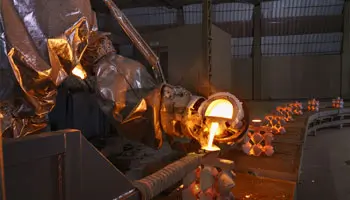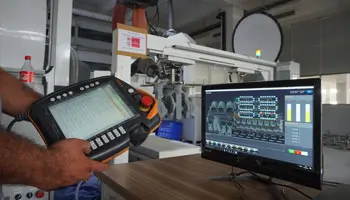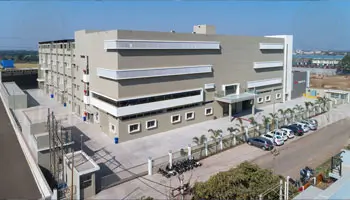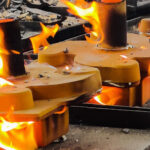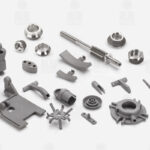What is Metal Casting? How does Metal Casting shape modern manufacturing?
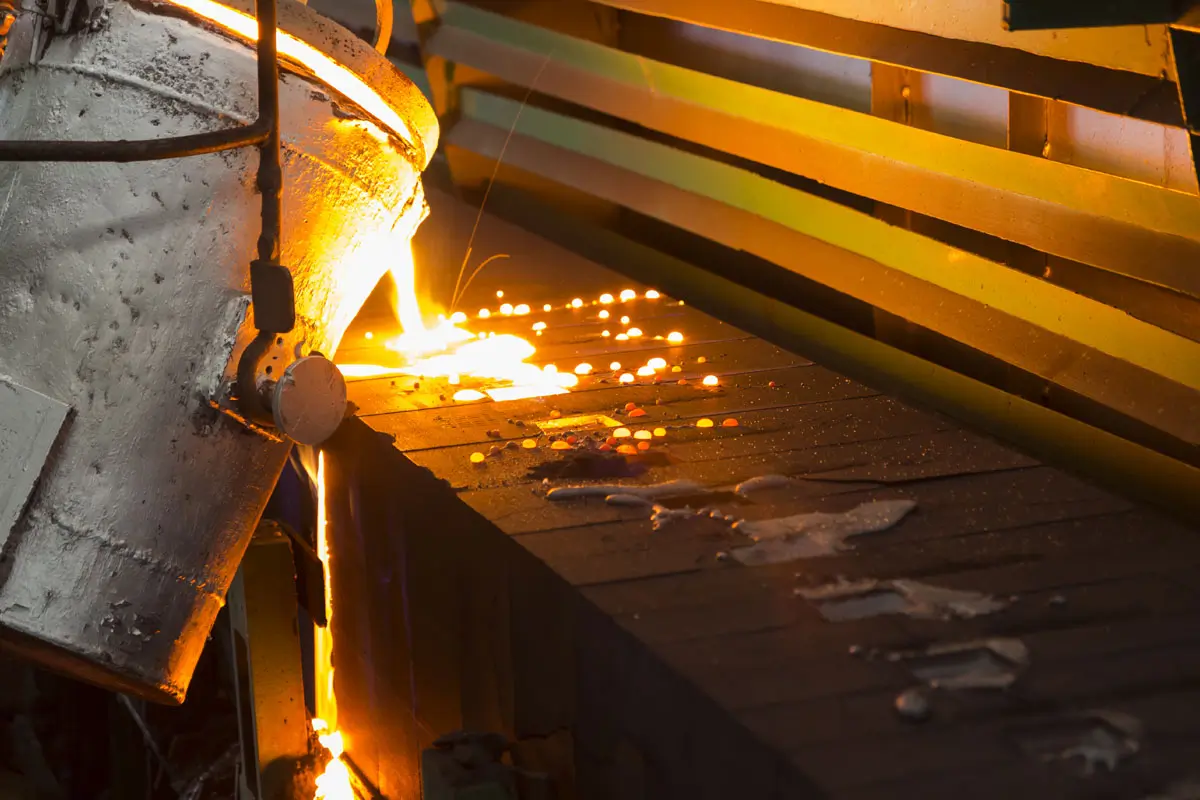
Metal casting stands as a cornerstone of manufacturing, weaving its way through the tapestry of modern industry with unparalleled versatility and significance. At its essence, metal casting is a transformative process, wherein molten metal finds its shape and purpose within the confines of a meticulously crafted mould. This age-old technique, rooted in craftsmanship and innovation, has sculpted the landscape of various industries, from the robust engines of automotive marvels to the intricate mechanisms of aerospace wonders. Across sectors spanning from energy production to consumer goods, metal casting serves as the silent architect, fashioning the backbone of our technological advancements and material innovations.
History of Metal Casting
The roots of metal casting trace back thousands of years, with evidence of its use dating as far back as 3,200 BC. Over the centuries, metal casting has evolved from simple techniques to sophisticated processes, driven by advancements in technology and materials. Today, metal casting remains a cornerstone of modern manufacturing, enabling the production of intricate and precise components.
Different Types of Metal Casting
Metal casting encompasses a variety of methods, each tailored to specific applications and requirements. Some of the most common types of metal casting include:
Investment Casting (Lost-wax)
This ancient technique dates back over 5,000 years and is renowned for its ability to produce intricate and detailed parts with exceptional accuracy. Investment casting is ideal for complex geometries and is widely used in industries such as aerospace, automotive, and medical.
Sand Casting
Sand casting is one of the oldest and most widely used casting methods, involving the creation of moulds using sand. This process is highly versatile and cost-effective, making it suitable for both small and large-scale production.
Die Casting
Die casting is a high-pressure casting process that produces parts with excellent dimensional accuracy and surface finish. It is commonly used for mass production of components such as automotive parts, household appliances, and electronic devices.
Shell Moulding
Shell moulding, also known as shell casting, is a precision casting process that uses resin-coated sand moulds. This method offers high dimensional accuracy and surface finish, making it ideal for producing complex parts with tight tolerances.
In addition to these methods, other casting techniques such as Centrifugal Casting, Permanent Mould Casting, Lost Foam Casting, and Continuous Casting are also utilized in various industrial applications.
How Metal Casting Works
The metal casting process typically involves several key steps:
Patternmaking
A pattern, or model of the final part, is created using materials such as wood, metal, or plastic.
Moulding
The pattern is used to create a mould, which is then filled with molten metal.
Melting and Pouring
The metal is heated until molten and then poured into the mould cavity.
Finishing
Once the metal has cooled and solidified, the casting is removed from the mould and finished to achieve the desired shape and surface finish.
Advantages of Metal Casting
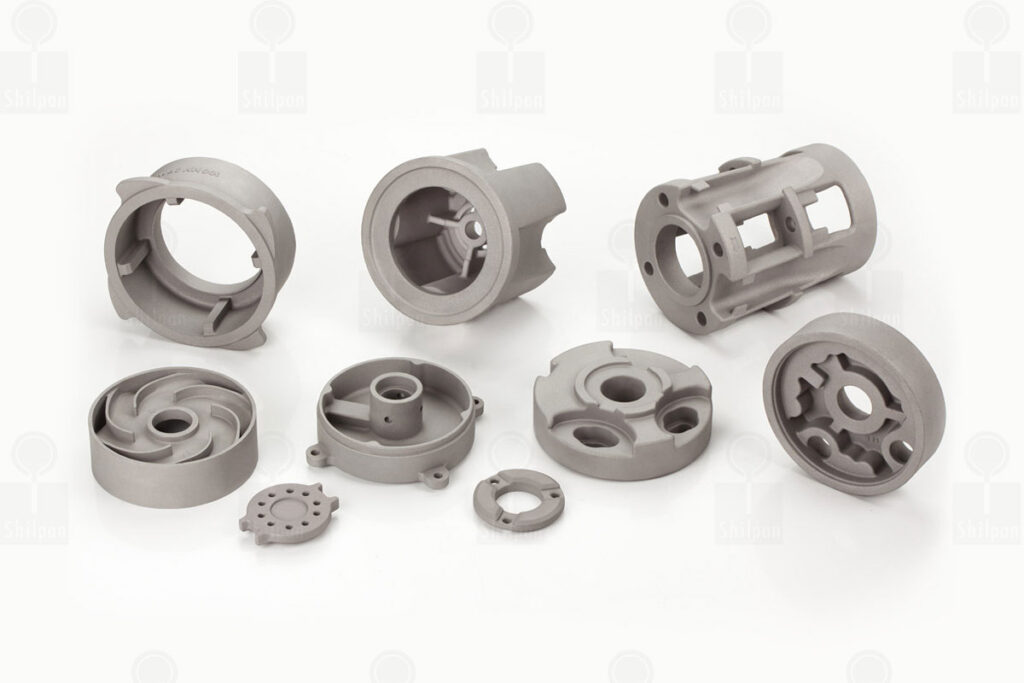
Metal casting offers numerous advantages, including:
Design Flexibility: Metal casting allows for the production of parts with complex geometries and intricate details.
Versatility in Materials: A wide range of metals and alloys can be used in the casting process, offering flexibility in material selection.
Cost-effectiveness: Metal casting is a cost-effective manufacturing method, particularly for large-scale production runs.
Ability to Create Complex Geometries: Metal casting enables the production of parts with intricate shapes and features.
Superior Surface Finish: Metal castings typically have excellent surface finish and dimensional accuracy.
Materials Used in Metal Casting
Common metals and alloys used in metal casting include steel, stainless steel, aluminium, copper, magnesium, and zinc. Each material offers unique properties and is chosen based on the specific requirements of the application.
Applications of Metal Casting
Metal casting finds applications in a wide range of industries, including automotive, aerospace, energy, medical, consumer goods, and defence. From engine components and structural parts to decorative fixtures and industrial machinery, metal casting plays a vital role in modern manufacturing.
Defects in Metal Casting
Despite its many advantages, metal casting can be prone to defects such as porosity, shrinkage, warping, and fusion. However, these defects can be minimized through proper process control, quality assurance measures, and defect prevention techniques.
Importance and Economic Impact of Metal Casting
Metal casting is a cornerstone of modern manufacturing and plays a vital role in the global economy. With nearly half a million jobs in the U.S. alone, metal casting contributes significantly to job creation and economic growth. From automotive and aerospace to construction and consumer goods, metal castings are integral components of nearly every industry.
Conclusion
In conclusion, metal casting is a foundational manufacturing process that has stood the test of time. From its ancient origins to its modern-day applications, metal casting continues to shape the world around us.
Unlock the Power of Metal Casting with Shilpan Steelcast
Discover the art and science behind metal casting and its transformative impact on modern manufacturing. With our expertise in Investment Casting, Sand Casting, Die Casting, and Shell Moulding, Shilpan Steelcast offers unparalleled precision and innovation in every project. Explore our comprehensive range of metal casting services and unleash the potential of your next venture.
Ready to elevate your manufacturing process? Reach out to us today and let’s embark on a journey of excellence together.
